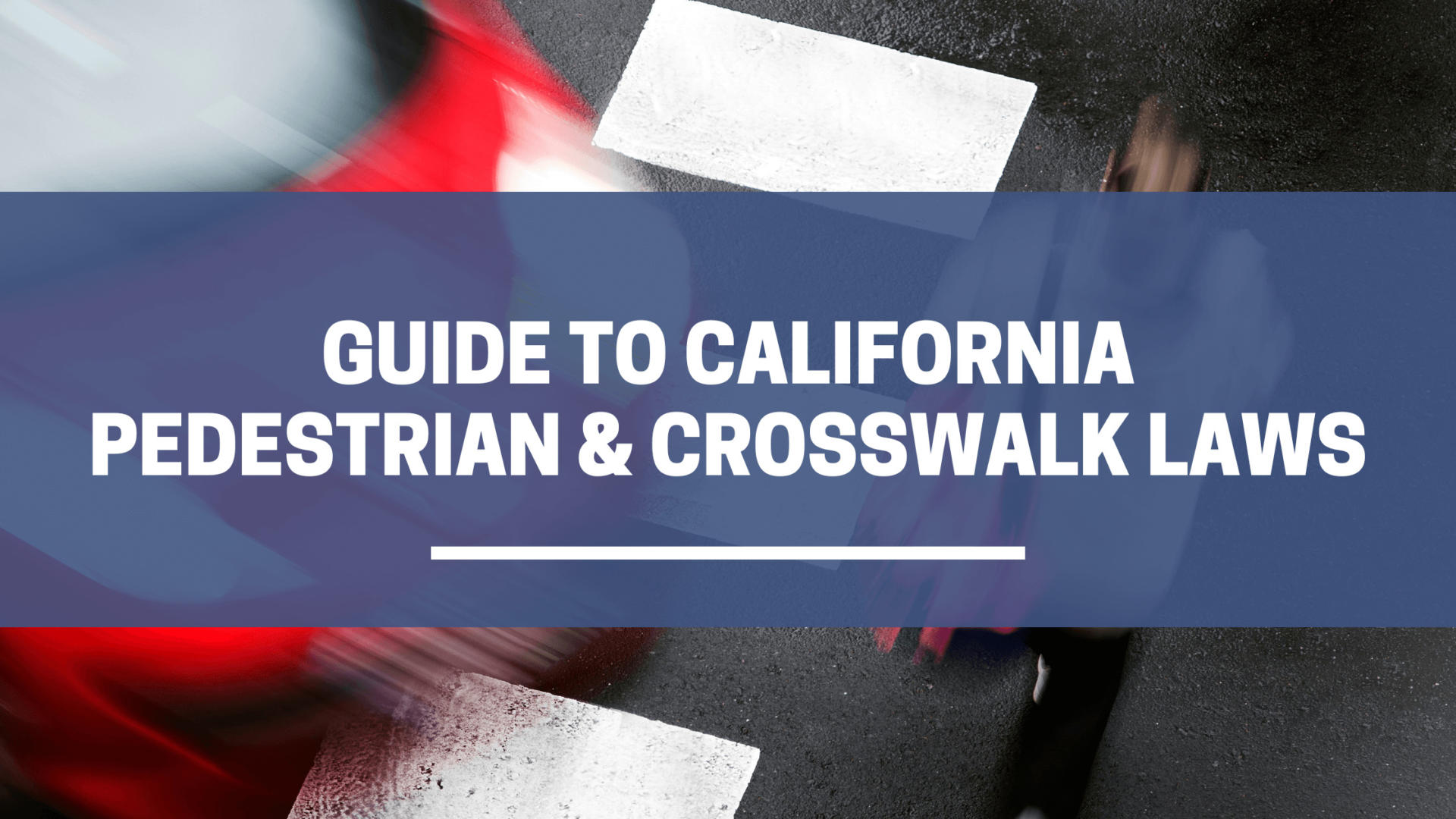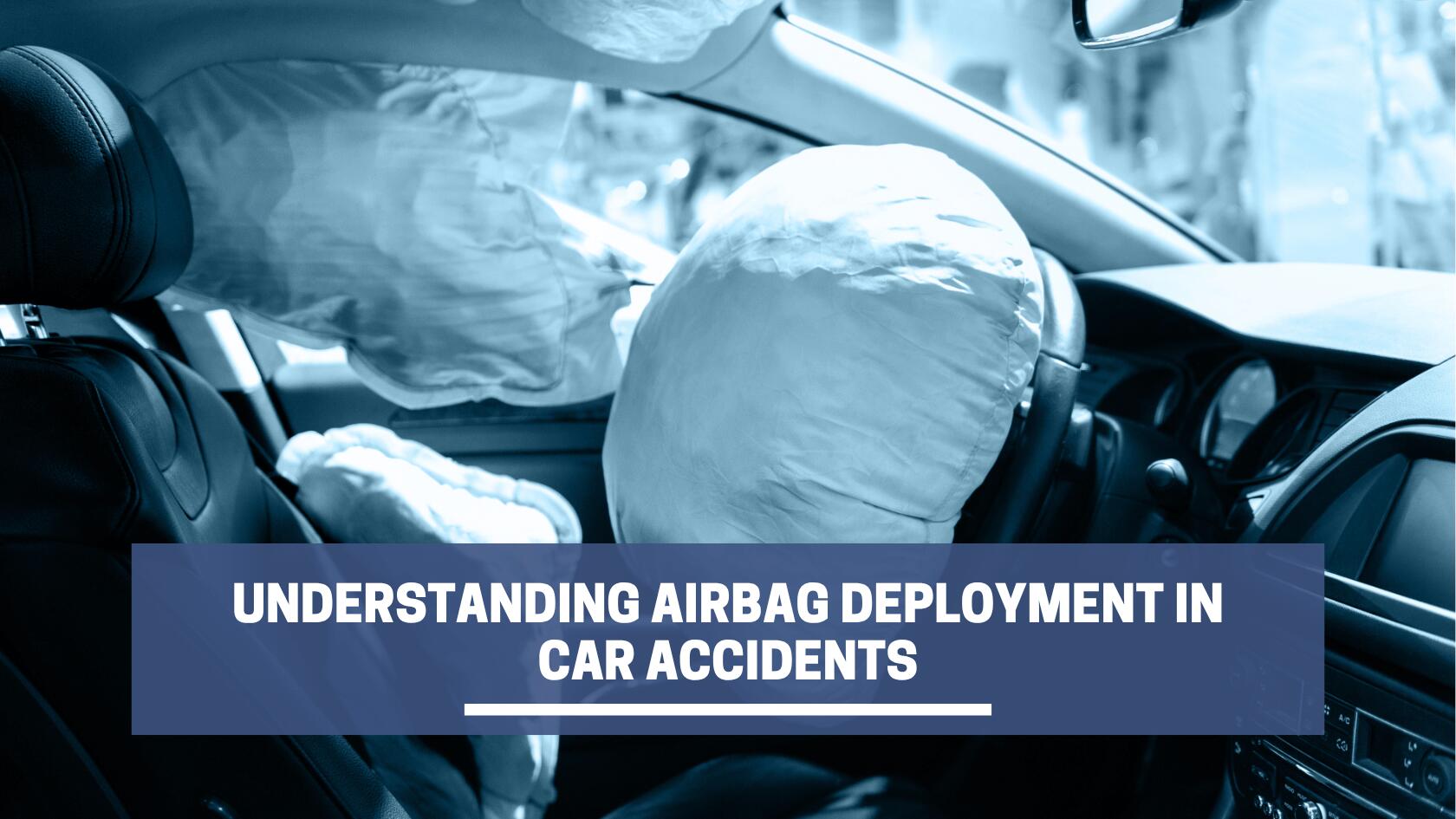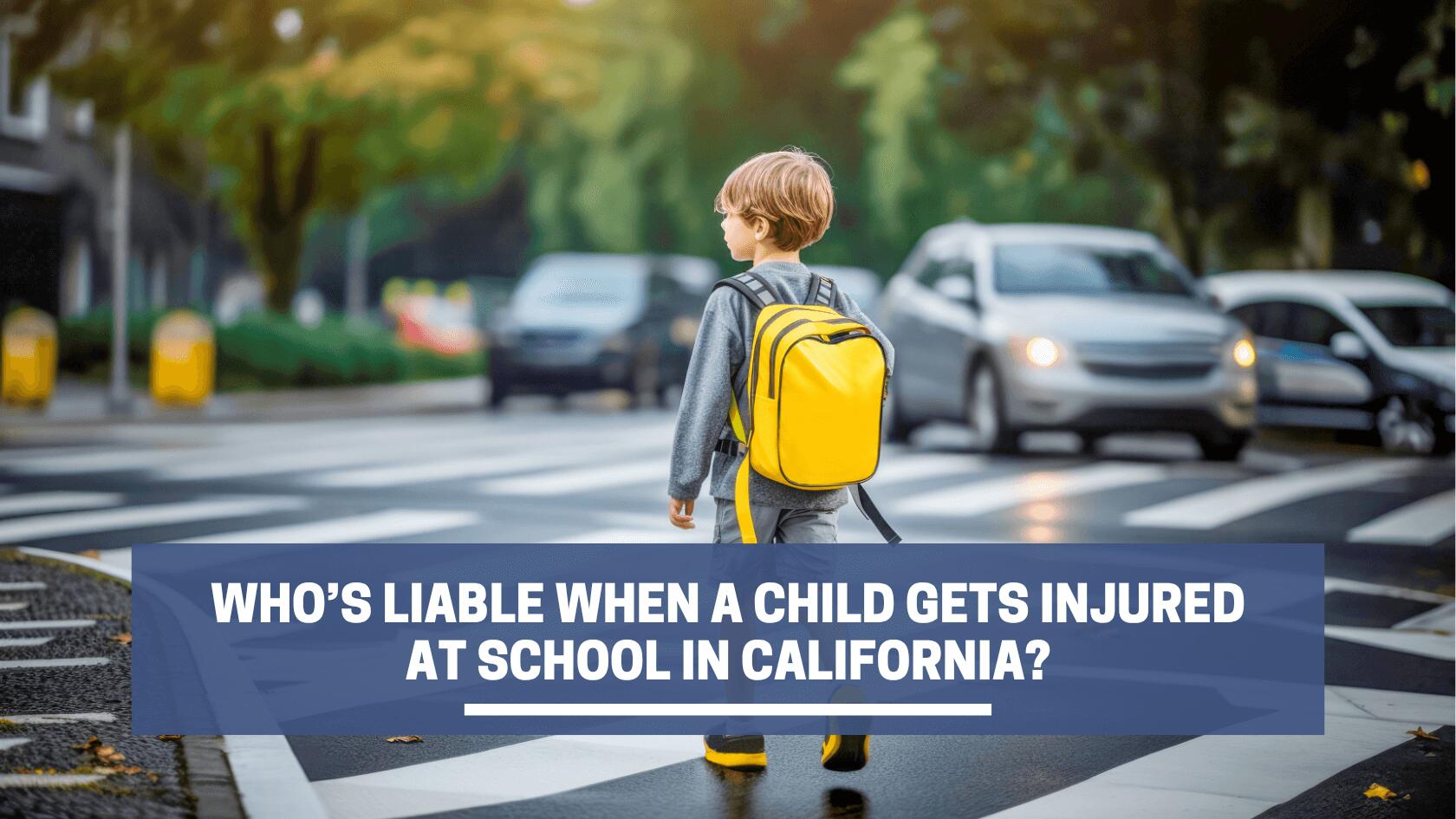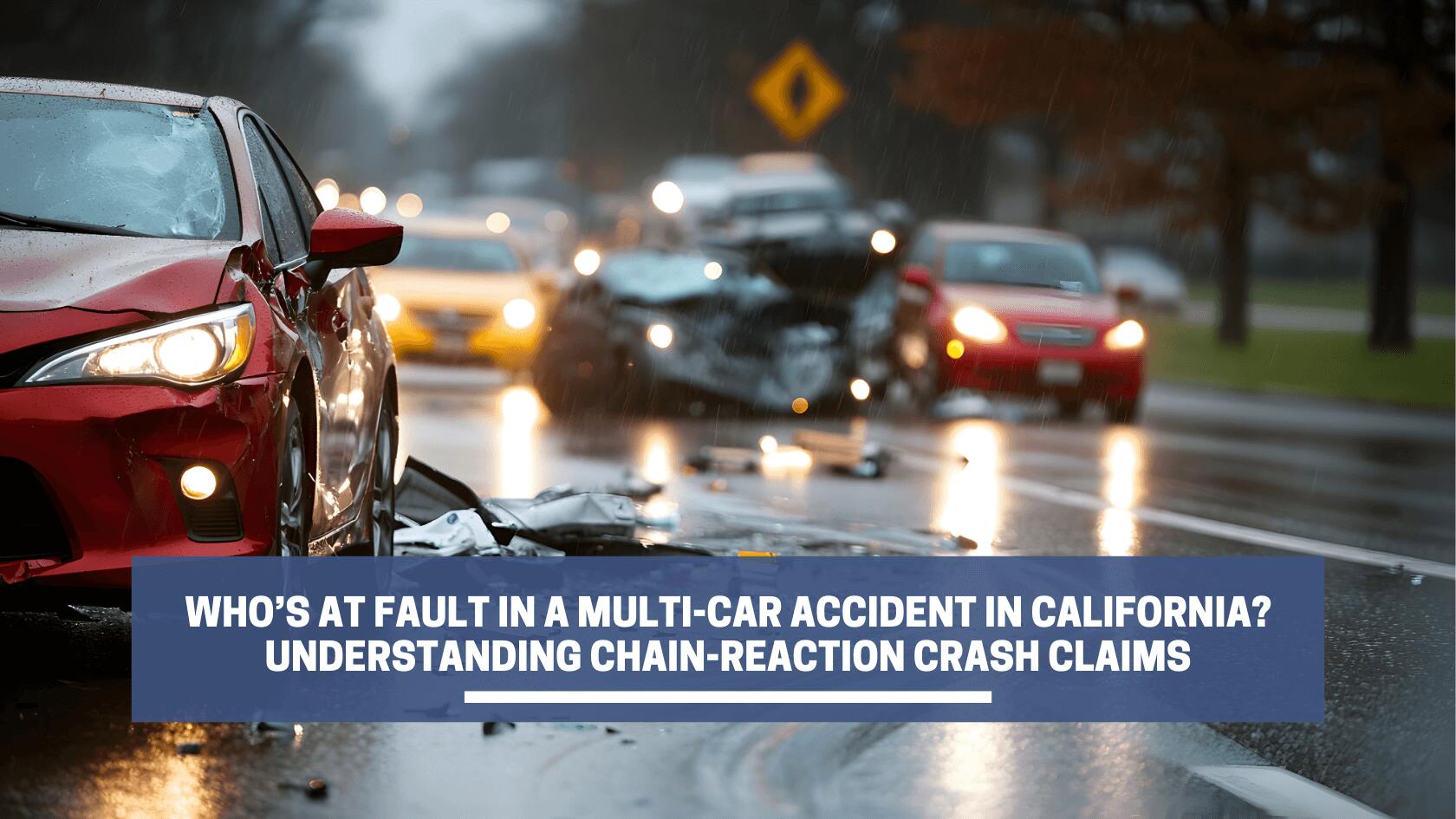Pedestrian and crosswalk laws regulate the safety of those walking on streets and intersections. All drivers must yield to pedestrians whether they cross on marked or unmarked crosswalks.
People must follow all California pedestrian laws to prevent accidents between pedestrians and vehicles. In the aftermath of a pedestrian accident, violating one of these laws can affect who is liable.
A pedestrian who is negligent per se may be held responsible for the accident. California’s comparative fault laws determine how much each party can receive as compensation for their injuries.
A pedestrian accident attorney can help you recover damages after an accident on a crosswalk. They can help you understand the pedestrian crosswalk laws in California so that you can file a compensation claim.
What are the California Crosswalk Laws?
California crosswalk laws specify suitable times and places pedestrians can safely cross the street. They also govern when and where cars must stop for pedestrians. These laws include:
The definition of a pedestrian
According to California Vehicle Code 467, a pedestrian is someone who travels by foot, uses a mobility device, or uses recreational equipment other than a bicycle, such as a scooter or a skateboard. The legal definition of a pedestrian does not apply to bicyclists.
What is considered a crosswalk?
Painted lines mark a crosswalk on a part of the road where pedestrians can cross safely under the California Vehicle Code 275. Another type of crosswalk is when two roads meet at a right angle, with the sidewalks extending through the intersection.
Pedestrians must stay out of bike lanes
If a sidewalk or walking path is located adjacent to bicycle lanes, pedestrians may not use the bicycle lanes for travel, according to California Vehicle Code 21966. Bicycle lanes are areas on the road meant for bicyclists.
Walking on a crosswalk gives pedestrians the right of way
California Vehicle Code 21950 defines the rules for motorists and pedestrians crossing the crosswalk. Motor vehicles must yield to pedestrians who cross marked or unmarked crosswalks at an intersection.
Pedestrians crossing at corners also have the right of way. Drivers should use caution and slow down when they approach a crosswalk. Every driver has a legal duty of care to ensure the safety of pedestrians.
While pedestrians on the road have the right-of-way, they are legally obligated to cross it safely. According to the law, pedestrians are not permitted to:
- Walk from the curb abruptly
- Step in front of an oncoming vehicle or run near one
- Stop or delay traffic when they are on a marked or unmarked crosswalk
Confusion over the legal rights and responsibilities of pedestrians and drivers can pose challenges in a pedestrian accident. A pedestrian accident attorney can help determine who is to blame for the accident according to the rules for pedestrians on the road so that liability can be assigned and damages can be paid.
At an intersection, pedestrians must use the crosswalk
A pedestrian must walk on crosswalks at intersections with traffic signals or police officers, according to California Vehicle Code §21955. If a vehicle is already in the crosswalk when the pedestrian signal turns green or starts blinking, pedestrians must let the car pass through before walking to the other side of the road.
Pedestrians have to follow the crossing lights
Crossing lights indicate when pedestrians can safely walk across the crosswalk. They must show these symbols or letters:
- The letters showing “walk,” or the walking person symbol, indicate that pedestrians can walk on a crosswalk. Pedestrians must yield the right-of-way to the vehicles at the intersection to let them go forward under California Vehicle Code 21456.
- The flashing letters showing “don’t walk” or “wait” or the upraised hand symbol, with a countdown timer, allow pedestrians to cross the other side until it turns steady.
- The steady letters showing “don’t walk” or “wait” or the upraised hand symbol stop pedestrians from going across the street.
If no countdown timer is present, pedestrians should not proceed on the crosswalk when the signals start flashing.
Outside of a crosswalk, pedestrians must yield the right-of-way
Under California Vehicle Code §21954, a pedestrian can choose to cross a street other than a marked crosswalk or an intersection. They must yield to oncoming vehicles close enough to endanger them. Drivers must use reasonable due care to watch out for pedestrians.
Are drivers allowed to block crosswalks and sidewalks?
It is against California Vehicle Code 21970 for drivers to stop in crosswalks and block them unnecessarily. These apply to both marked and unmarked crosswalks at intersections. It is still legal for drivers to make a left or right turn into a one-way street in a crosswalk at a red light.
Can vehicles cross sidewalks?
Drivers should yield to pedestrians on sidewalks, according to California Vehicle Code 21952. A driver must wait for pedestrians to pass by before crossing the sidewalk. It is the pedestrians’ right to cross the sidewalk.
Blind pedestrians are subject to special rules
California Vehicle Codes 21963-65 have special laws designed to protect blind pedestrians and keep them safe using crosswalks. The legal definition of blindness is 20/200 in the better eye or a field of vision less than 20 degrees without the aid of glasses or contact lenses.
At all intersections, a blind pedestrian with a cane or guide dog has the right-of-way. Drivers must yield to blind pedestrians and be cautious as they cross the street. For walking on the highway, blind people can use either a white cane or one with a red tip.
Liability for Pedestrian Accidents
According to pedestrian crosswalk laws in California, drivers and pedestrians share legal responsibilities on the road. Pedestrians must use the crosswalk and be aware of other drivers before crossing. Drivers must drive safely around pedestrians and have a duty of care to ensure they don’t get injured.
Liability for a pedestrian accident can be determined in two legal ways. Negligence per se can be established if pedestrian and crosswalk laws are violated. Comparative fault can be used in pedestrian accidents to determine the percentages of fault between multiple parties.
Negligence Per Se in a Pedestrian Accident
Negligence per se is used in pedestrian accidents because pedestrians have the legal duty to cross the street safely when they use crosswalks. Pedestrians who do not follow these laws can be held liable for injuries caused by these actions:
- Running into oncoming traffic in the middle of the block: The pedestrian did not use the crosswalk and instead ran across the street.
- Stepping off the curb suddenly. The pedestrian did not ensure they could cross safely before walking across the street.
- Stopping in the middle of the crosswalk: A pedestrian goes in front of oncoming traffic while crossing at an intersection with no traffic signals.
- Blocking cars stopped at the crosswalk: Liability may lie with pedestrians if they intentionally block a vehicle that is stopped at a crosswalk.
California Comparative Fault Rules
Sometimes, the comparative fault for an accident reduces the chances of getting fair compensation. In a pedestrian accident, each party is liable for damages in proportion to how much damage they contributed to the accident. The level of compensation an individual receives is based on the percentage of their fault.
If a pedestrian attempted to cross the street without using a crosswalk, the pedestrian contributed to the accident. Therefore, they share some comparative fault in causing the accident.
Work with a Personal Injury Lawyer at the Shirvanian Law Firm
If you are injured in a pedestrian accident with another driver, the Shirvanian Law Firm can help you determine liability and get compensation. We have extensive experience with car accident cases, including wrongful death claims and uninsured motorist claims.
Contact us today for a free case evaluation and learn how you can get the compensation you are owed for your injuries.
References:
California Vehicle Code 467
https://leginfo.legislature.ca.gov/faces/codes_displaySection.xhtml?sectionNum=467.&nodeTreePath=2&lawCode=VEH
California Vehicle Code 275
https://leginfo.legislature.ca.gov/faces/codes_displaySection.xhtml?lawCode=VEH§ionNum=275.
California Vehicle Code 21966
https://leginfo.legislature.ca.gov/faces/codes_displaySection.xhtml?sectionNum=21966.&lawCode=VEH
California Vehicle Code 21955
https://leginfo.legislature.ca.gov/faces/codes_displaySection.xhtml?sectionNum=21955.&lawCode=VEH
California Vehicle Code 21950
https://leginfo.legislature.ca.gov/faces/codes_displaySection.xhtml?sectionNum=21950.&lawCode=VEH
California Vehicle Code 21456
https://leginfo.legislature.ca.gov/faces/codes_displaySection.xhtml?sectionNum=21456.&lawCode=VEH
California Vehicle Code 21954
https://leginfo.legislature.ca.gov/faces/codes_displaySection.xhtml?sectionNum=21954.&lawCode=VEH
California Vehicle Code 21970
https://leginfo.legislature.ca.gov/faces/codes_displaySection.xhtml?sectionNum=21970.&lawCode=VEH
California Vehicle Code 21952
https://leginfo.legislature.ca.gov/faces/codes_displaySection.xhtml?sectionNum=21952.&lawCode=VEH
California Vehicle Code 21965
https://leginfo.legislature.ca.gov/faces/codes_displaySection.xhtml?sectionNum=21965.&nodeTreePath=15.5&lawCode=VEH
California Vehicle Code 21963
https://leginfo.legislature.ca.gov/faces/codes_displaySection.xhtml?sectionNum=21963.&lawCode=VEH
California Vehicle Code 21964
https://leginfo.legislature.ca.gov/faces/codes_displaySection.xhtml?sectionNum=21964.&nodeTreePath=15.5&lawCode=VEH











